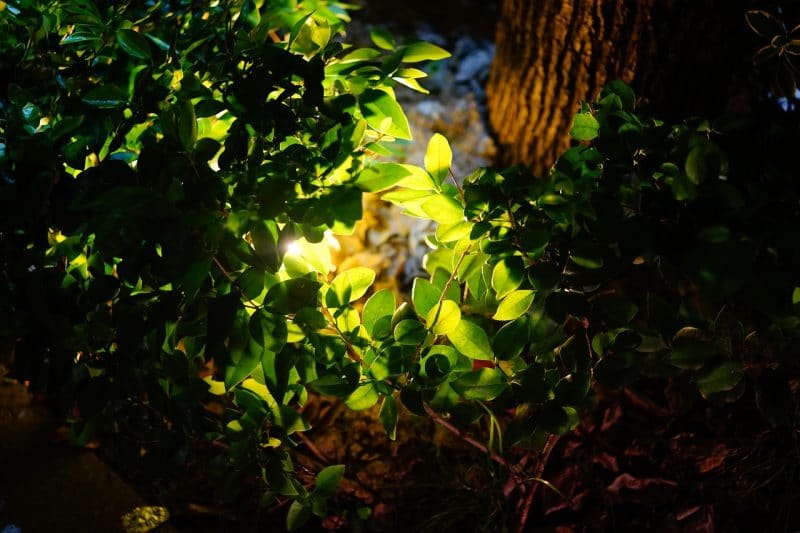If you want to know how long to leave plant light on, you must classify your plants into seedlings and mature plants. It’s not enough to master when to use a growing light, but you also have to perfect your plant’s light exposure duration. Remember that the greenhouse will only be the perfect plant environment if you can provide the factors that they need properly, including light.
According to the University of Maryland Extension, lights are essential for producing sturdy plants. However, you don’t want to leave the plant light over the ideal recommendations. This article will discuss the limits and best duration for leaving the plant light both for young and mature plants.

How Long To Leave Plant Light On: Everything You Need To Know
Seedlings
As mentioned earlier, you need to classify your plants to know the duration of light exposure suitable for them. You can leave the plant light on for 16 to 18 hours every day to encourage growth for seedlings. This is longer than the recommendation for mature plants because younger plants require exposure more for their development.
You can use full-spectrum lights at 6 inches above the seedlings in the greenhouse. The light intensity is also as necessary, so the best fixture to use are four tubes. Check your set-up afterward to ensure that plants receive the light equally and at the maximum intensity using reflectors to reach the plants’ top and sides.
Mature plants
Compared to leaving the light on for a maximum of 18 hours, more mature plants can thrive best at a duration of 12 to 14 hours. However, do note that different plants will vary on the maximum requirement. Therefore, some plants can grow sufficiently with six hours of exposure, while some only require four hours of intense light every day.
With the former, you can place the lights a foot away, and those with low light needs can have a distance of three feet from the fixtures. You must also keep in mind the intensity required for your plants and if they also receive sunlight. Gardeners often leave the plant light on for six hours at night if the plants do not receive their optimal requirements during the day.
How Much Light Do Plants Need In The Greenhouse?
Now that you learn how long to leave plant light on, the next step is to ensure that you are not overexposing or underexposing your plants to light. An easy way to do this is to create a routine using an alarm and timer to know when to turn on and shut off your lights in the greenhouse. Different systems won’t need manual intervention for your convenience.
The system will automatically switch the lights on and off for you, but you can also use a simple alarm to notify yourself of the routine. More so, always monitor your plants for any signs of overexposure or underexposure to the lights. For example, those that receive light over the limit can experience wilting and yellowing of the leaves, while those that require more light can die because of the failure to do photosynthesis.
Light Intensity In The Greenhouse
You must also check the light intensity in the greenhouse to ensure that your plants meet their requirements. You can measure light intensity in foot candles, and to give you an idea, seedlings require 1,000-foot-candles for growth. However, the fixtures’ distance to the plants also plays a role, and the specific requirements of your species will vary.
Types Of Greenhouse Lighting Fixtures
T5 Fixtures
If you’re considering using fluorescent lights, the best fixtures to use are T5 fixtures. They are excellent for growing in the greenhouse because of their long lifespan while also using less energy and causing a low impact on the environment. T5 fixtures are ideal for starting seeds until the plants grow entirely.
High-pressure sodium fixtures
Another popular fixture that you can have in the greenhouse are high-pressure sodium types. Compared to the first one that is best for starting plants from seeds, these fixtures are useful if you want to encourage budding and flowering. They are an excellent alternative for the traditional incandescent bulbs for use later in plants’ growth cycle.
LED fixtures
Lastly, the most modern and long-lasting fixtures are LED bulbs. They have a long lifespan and minimal heat output making them more energy-efficient in the long run. You can also choose from different types if you want fixed or programmable fixtures.
Conclusion
We all know that plants require light for their growth and development, and the invention of the greenhouse allows us to mimic the optimal environment for our plants. Therefore, you must know how long to leave plant light on to ensure that your plants grow healthily. In general, younger plants should receive around 18 hours of exposure while their more mature counterparts can do well with only 14 hours.
However, the emphasis is necessary on checking the light intensity and distance as well. More so, different plants have different requirements, so that these lengths will vary. The main takeaway here is that younger plants should have their light on for longer compared to mature plants.
